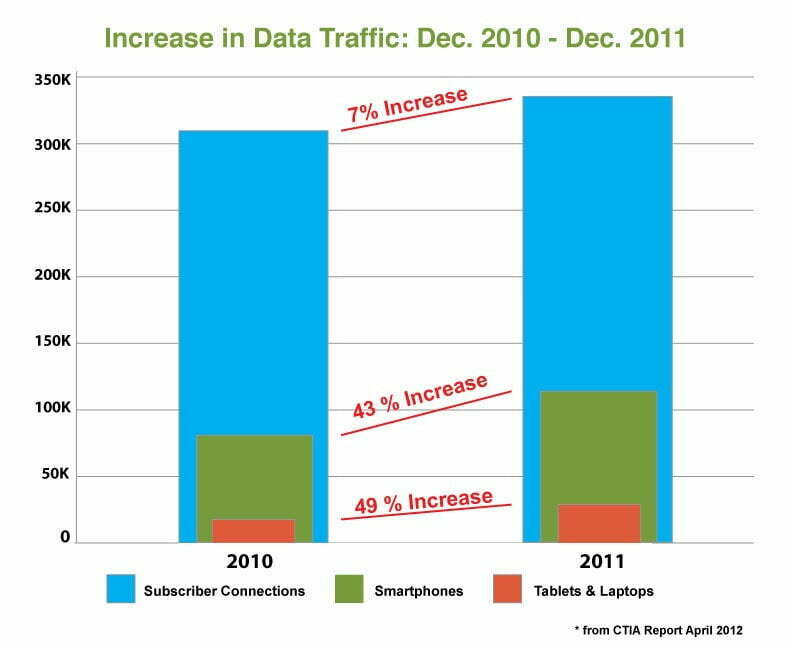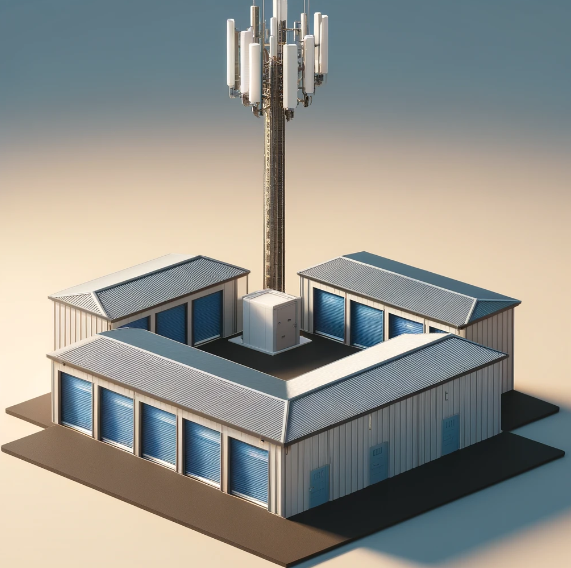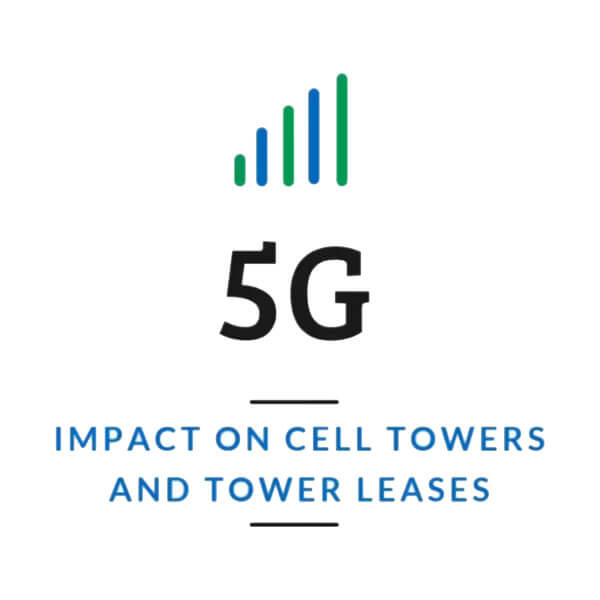Master Cell Site Plans
Master Cell Site Plans
In recent years, many municipalities have experienced significant growth in wireless telecommunications infrastructure. According to CTIA (The Wireless Association) there are over 15,000 new cell sites built every year. Cell site expansions requires additional elevated wireless antennas and base station ground equipment, if not actual cell towers. In agreement with Federal Communications Commission (FCC) guidelines, many municipalities face the difficult challenge of developing a wireless telecommunications ordinance to regulate new antenna-support structure deployment.

In conjunction with the ordinance development process, it makes sense for municipalities to develop a Master Plan for Cell Sites (the “Master Plan”), analyzing current demand for wireless telecommunications services within the County and establishing guidelines for growth as it impacts the County and its constituents.
The purpose and intent of the Master Plan are similar to the goals and objectives of other long-range plans, such as roadway improvements and the extension of water and sewer lines. The Master Plan for Cell Sites combines land-use planning strategies with industry-accepted radio frequency (RF) engineering standards to create an illustrative planning tool which complements zoning regulations.
The Master Plan also offers strategies to reduce cell tower infrastructure by improving efforts to morph wireless deployments from various service providers, thereby minimizing tower proliferation by increasing the number of shared sites.
Contact Us
In 2015, the FCC reported 380 subscriber connections, but it no longer divides device type into two categories: Smartphones and Tablets/Laptops. In 2017, due to the Internet of Things, the types of devices have expanded into multiple different hybrids, and this is by no means the end of the evolution. We now see wireless data connections not just in Smartphones, tablets, laptops, and computers, but also phablets, watches, cameras, and much more.
The Master Cell Site Plan Should Include The Following:
- Inventory of existing antenna-supporting structures (including cell towers, buildings and structures upon which wireless antennas are currently mounted)
- Analysis of reasonably anticipated wireless facility growth over the next ten years
- Engineering analysis of potential coverage based on county-regulated height restrictions and other locations and design criteria
- Recommendations for managing the development of wireless structures for the next ten years
A cell tower Master Plan can be completed on a reasonable basis, especially if tied to technical reviews of cell tower zoning applications. Guidelines can be established to maximize the revenue from municipal cell tower leases by emphasizing public property for new tower locations.
Please contact us for a no cost, no obligation discussion about your municipality’s needs.










